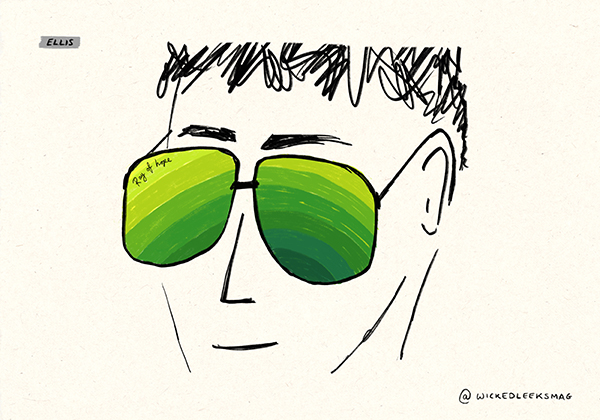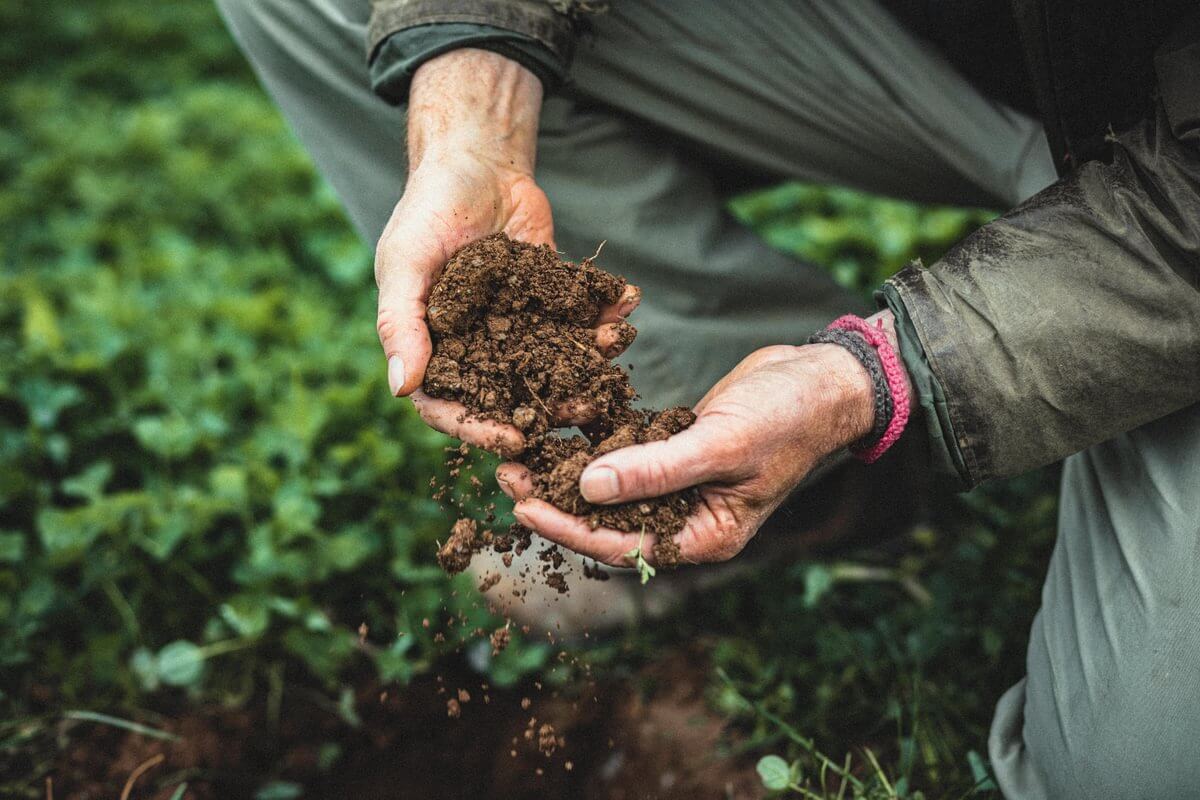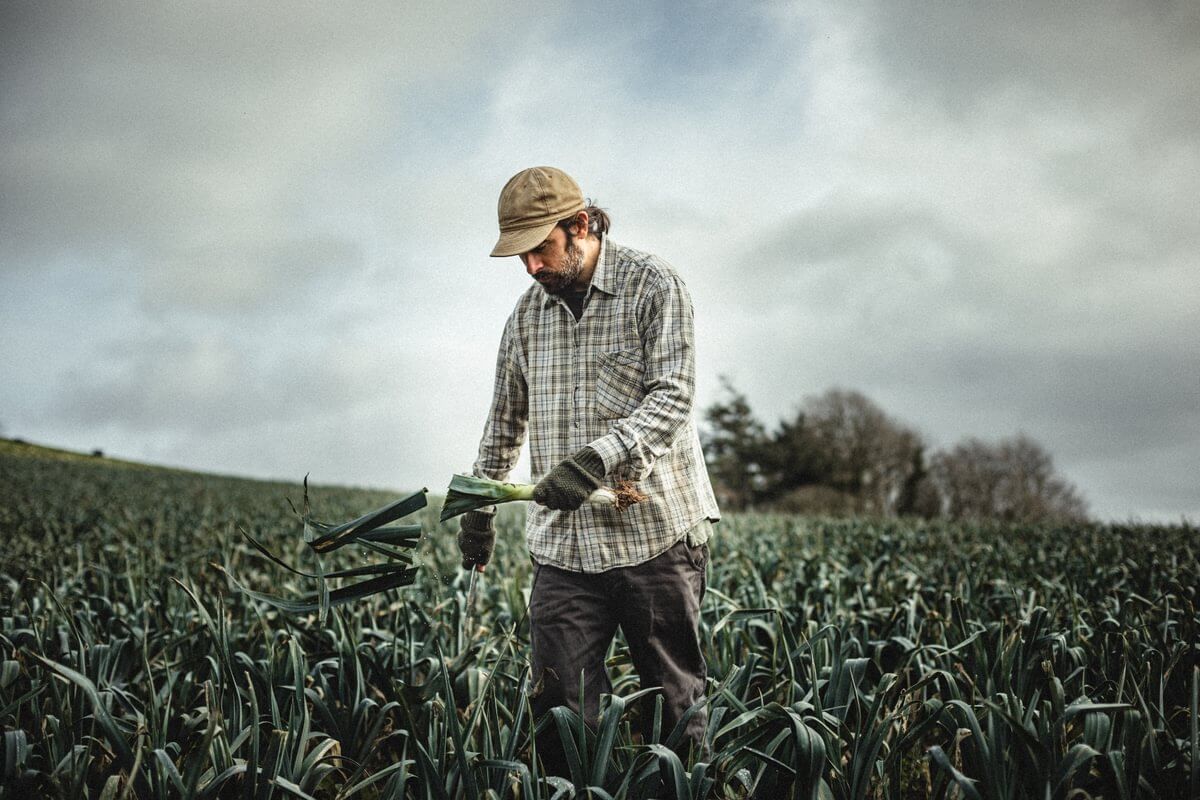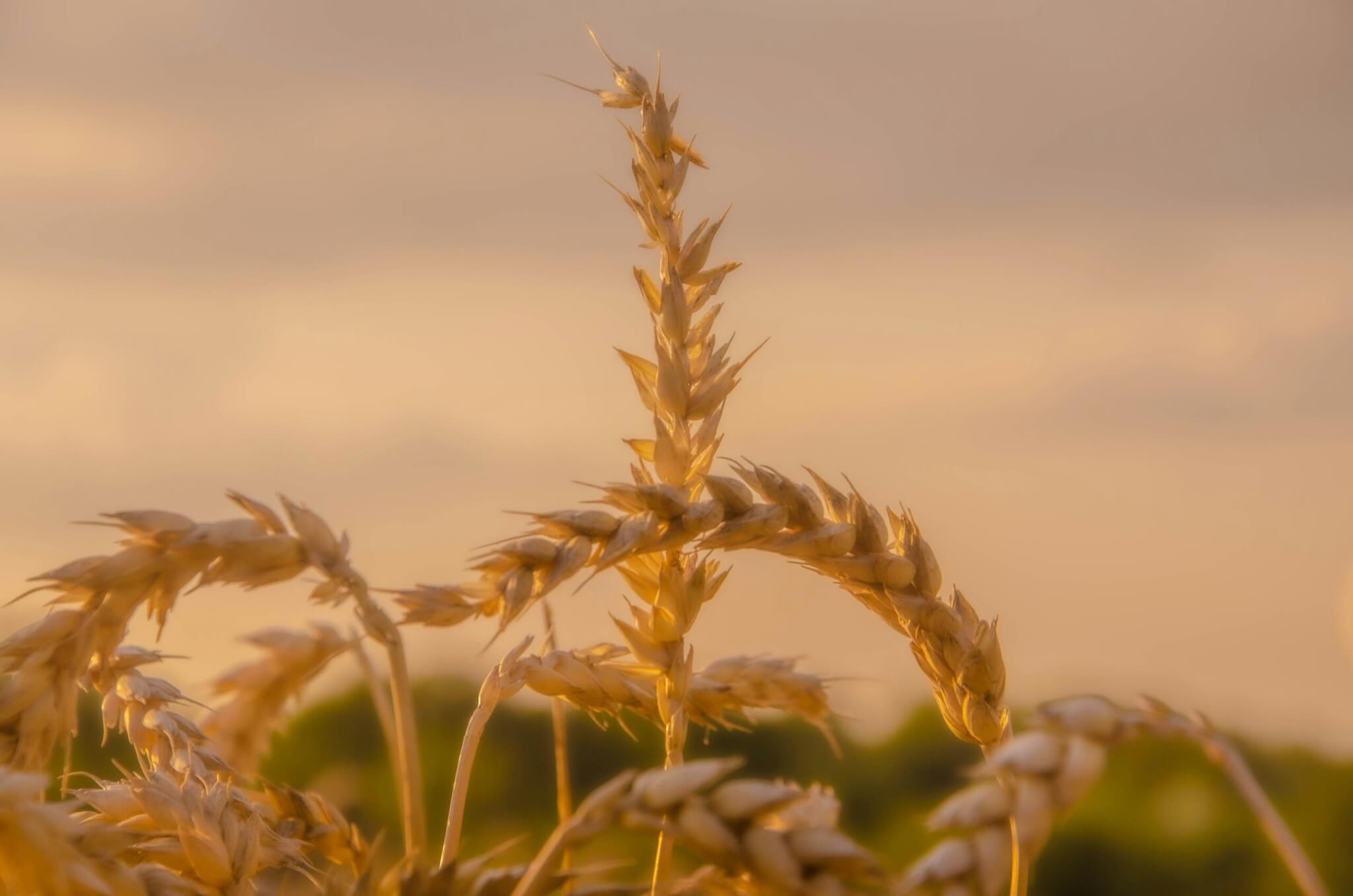The poet Rainer Maria Rilke once wrote that “the future must enter into you a long time before it happens”.
When Neil Armstrong first set foot on the moon in 1969, it wasn’t his idea, or JFK’s idea when he announced the moon mission in 1960. We had been going to the moon for decades before then, in films, stories, songs. Tintin went to the moon, Sinatra sang us there.
By 1960, we had created such a deep cultural longing to get there that once we decided to, it took just nine years, from scratch, with a team whose average age was 26.
When I think about the changes that the climate and ecological emergency demands that we make, changes of which Naomi Klein once wrote “there are no non-radical solutions left”, I often wonder how it might be that we can similarly create sufficient longing that such a shift becomes inevitable.
It strikes me that if all it required was logical arguments, reasoning and science, we would have done this in the 1980s when it would have been so much easier.
Our challenge, the scientists tell us, is within just 10 to 15 years, to reimagine and rebuild pretty much every aspect of our economy. In part, this is the work of storytelling, of bringing to life for those who struggle to imagine anything other than the way things are today, how such a world would taste, feel, look and sound like.
All too often we default to dystopian images, rather than allowing ourselves to believe that it could actually be amazing: more connected, happier, healthier, more time-rich, less stressed and anxious, with cleaner air, better food, cities full of vegetation and far fewer cars, a far more diverse and decentralised economy, more equal, fair and just.
I am a great believer that one of the best ways to unlock our ability to imagine a different, and far better future, is through the asking of good ‘what if’ questions.
Antanas Mockus, former mayor of Bogota in Colombia, once described a good ‘what if’ question thus: “What people love most is when you write on the blackboard a risky first half of a sentence and then recognise their freedom to write the other half.”
In Liège in Belgium, the local Transition group six years ago asked: “What if, in a generation’s time, the majority of the food eaten in Liège was grown on the land closest to Liège?”
The asking of this question has sparked a remarkable reimagining of the city’s food system; with 25 new co-operatives created already, and €5 million invested into it by local people, a new economy is emerging. The city’s mayor told me “this is now the story of our city”. We must imagine while we build. And build while we imagine.
So, a challenge to you: what if, over the next few weeks, in any conversation you have about the state of the world, you were to weave into it your own storytelling about how the world could be, if we were to do everything we could possibly do? Try it. Because it is still possible, just. But only if we create the best conditions possible for the future to enter into us.
This article was initially published in the latest print issue of Wicked Leeks. You can read the full magazine online and for free via Issuu.
















I read Rob Hopkin’s article ‘What If’ in the wicked leeks issue 5 One section talked about Liege in Belgium that adopted the idea that the city’s food should be sourced on land close to the city. I agree that it is preferable to have locally produced food.
I live in Newcastle on Tyne. The green area around our town is rapidly disappearing. Many years ago the council purchased farmland around the city and allowed the farmers to continue using it and as it was a green belt it could not be developed. Now that the government has given permission to build on the green belt the developers have moved in and are covering the fields and green countryside we thought was safe, with endless housing.
It’s frightening because once the farmland has gone there is no way to use it for producing food again.
I live on an old council estate and my house once faced a green strip that had been left to build a Road but it was never used. The estate was noted as a well-designed housing estate with large gardens and green spaces. About 20 years ago the council said they would use the strip to build more houses because it was brownfield land and if they developed that land it would save our green belt. They said they would build a certain percentage of housing and the rest of the green strip would be protected. Since then they have filled nearly every available space with houses.
They seem to have forgotten these promises. While I am disappointed I am lucky that the estate is on the edge of the town moor. In recent years even that has been in danger, but many people have fought tooth and nail to try to keep it intact.
We have so little say in these desitions it seems only a matter of time before our countryside and green areas will be swallowed up.
I’m quite proud of our council usually but I feel this development of the greenbelt is a huge mistake.